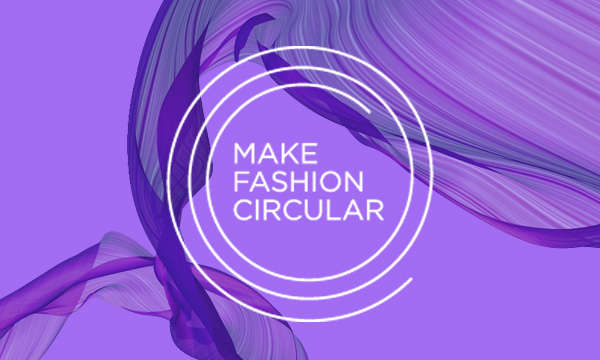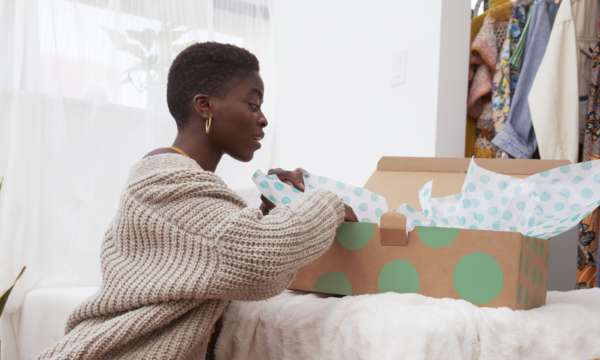A fashion system that no longer fits
Increasingly, clothes are being seen as disposable items. Garments are being thrown away after fewer and fewer uses, with some being discarded after just seven to ten wears. Globally, clothing utilisation has decreased by 36% in the last 15 years (Ellen MacArthur Foundation (EMF) 2018). Yet, over the same period, clothing production has doubled.
Styles now have shorter lives, brands are offering more collections per year, and often, the clothes come at lower prices. Because of this, clothing is valued less by the customer and as a result is seen as disposable.
The clothing industry employs millions of people along the value chain. However, the current system comes with a range of social and environmental costs, along with associated reputational risks for brands. While low-income countries tend to keep clothing in use for longer, clothes are only worn for about a quarter of the global average in countries like the US. As a result large quantities of clothing end up unused or discarded because they no longer fit or are replaced with the next fashionable item. An increased demand for new and replacement items puts pressure on players along the supply chain. They may be required to work towards shorter lead times and lower pricing for the end consumer, with multiple adverse local environmental and social repercussions.
The New Textiles Economy report (EMF 2018) detailed the alarming facts around the waste and pollution generated by the fashion industry. By the time you’ve finished reading this sentence about 4 - 5 garbage trucks of textiles will have been landfilled or incinerated. Annual greenhouse gas emissions from the textile industry exceed that of all international flights and all maritime shipping combined. These are just two aspects of a wasteful, linear fashion system that needs to change.
Circular business models reduce impact and unlock new value
The advantages of redesigning the current system are not just social and environmental. By adopting a circular economy business model, the industry also has the opportunity to create new forms of value from the USD 100 billion worth of material that is currently lost from the system every year, to reduce the cost of landfilling and to leverage the reputation of brands as responsible producers.
Erick Bouwer is a fashion company owner who has embraced a more circular fashion business model. A pricing model expert and father of two, Erick founded Circos in 2019 as a sustainable and affordable alternative to buying kids clothing and maternity wear.
Erick explains: “In the first two years of a child's life, parents buy on average 280 items of clothing, most of which are only worn for two or three months. As a circular alternative, we offer a clothing subscription service that grows along with your child.”
Parents choose a monthly subscription package assembled from a selection of more than 500 items on the Circos website, which crosses a number of different brands. The choice of package ranges from 12 to 24 items a month, representing about 40 - 100% of the child’s clothing needs. Once their child has grown out of the clothing, parents simply swap for the next collection of larger sized clothes. Each clothing bundle is delivered to their door in a reusable and compostable bag.
The main insight underpinning Circos' business model, is that a typical child grows through eight sizes in the first two years of life. Subscribing rather than borrowing clothes makes sense on a number of levels - it saves parents’ time, space and money, and provides high-quality and well-fitting clothing in a convenient way.
A Life Cycle Assessment from the Danish consultancy firm PlanMiljø shows that Circos users save an average of 242 litres of water, 270 grams of cotton and 6.14 kilos of CO2 per month compared to parents who buy all their children's clothing.
An open platform allowing other brands to be circular
Through collaborations with brands such as Adidas, Patagonia and Arket, Circos is helping other companies take the leap towards circularity. As Erick Bouwer explains: “We want to achieve the opposite of the fast-fashion business model. Instead of stimulating the production of large quantities of low-quality clothing, which are quickly thrown away, we want to motivate clothing brands to start making high-quality clothes again – clothing that lasts longer, is worn by several people, and ultimately generates more money through subscriptions.”
With Circos, brands have an opportunity to try out this new, circular business model for themselves, by piggybacking on established operations and technical infrastructure. As an added bonus, Circos can also provide brands with data and insights about the user experience and sustainability of their products, through continuous feedback from subscribers.
Circular fashion subscription models such as Circos, prove that people can still get regular access to new clothing that complements changes in lives, shapes or lifestyles, but in a way that does not waste or pollute to a degree that is rapidly becoming quite unfashionable.
Company information
- Founded: 2019
- HQ location: Amsterdam, the Netherlands
Case study published Mar 2020
